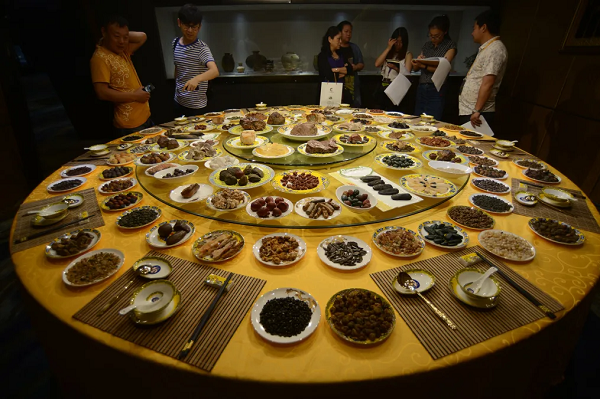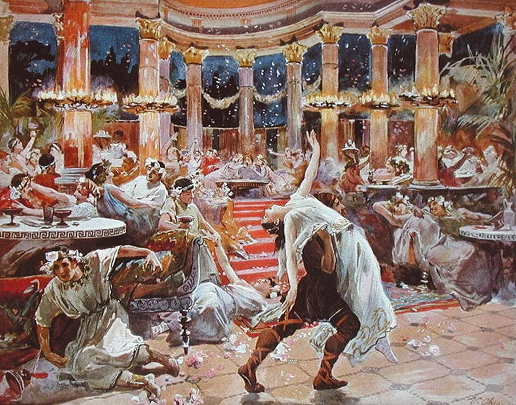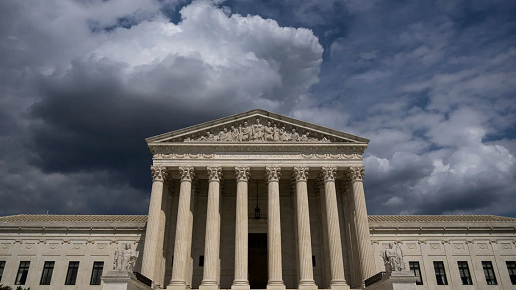The Forbidden City, once home to China’s emperors, is shrouded in secrecy, and its culinary history remains one of the least understood aspects of its past. Despite being one of the world’s most powerful and opulent households, very little is known about the food consumed within its walls. Zhao Rongguang, a food historian, spent decades researching palace cuisine, gaining rare access to sealed-off imperial documents that revealed fascinating insights.
He found that emperors like Kangxi and Qianlong had diverse diets influenced by Manchu and Han traditions, with rare ingredients like tiger testicles and bird’s nest soup. During the reign of Qianlong (1735-1796), detailed records of the emperor’s daily menus provided a clearer picture of palace dining habits. These documents showed a blend of roasted game, soups, and delicate regional dishes that reflected the emperor’s preferences and cultural roots. This display at a gem show in China, made of stones, was inspired by the Manchu Han Imperial Feast, which is often mistaken as a Forbidden City export. VCG/Getty Images
This display at a gem show in China, made of stones, was inspired by the Manchu Han Imperial Feast, which is often mistaken as a Forbidden City export. VCG/Getty Images
Despite the perception of grandeur, palace meals were often modest and health-focused, guided by tradition and the emperors’ disciplined lifestyles. Zhao also debunked the myth of the lavish “Manchu-Han Banquet,” often wrongly linked to imperial feasts. His research reveals that actual palace banquets were far simpler than the legendary 108-dish extravaganzas often portrayed.
Through his work, Zhao aims to bring historical accuracy to the study of China’s food culture, shedding light on how the emperors dined and preserving knowledge for future generations.







